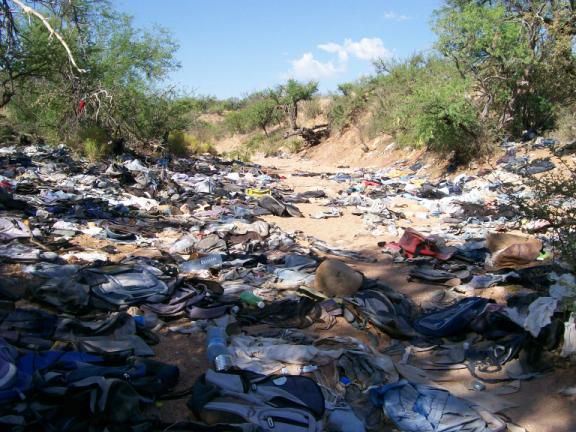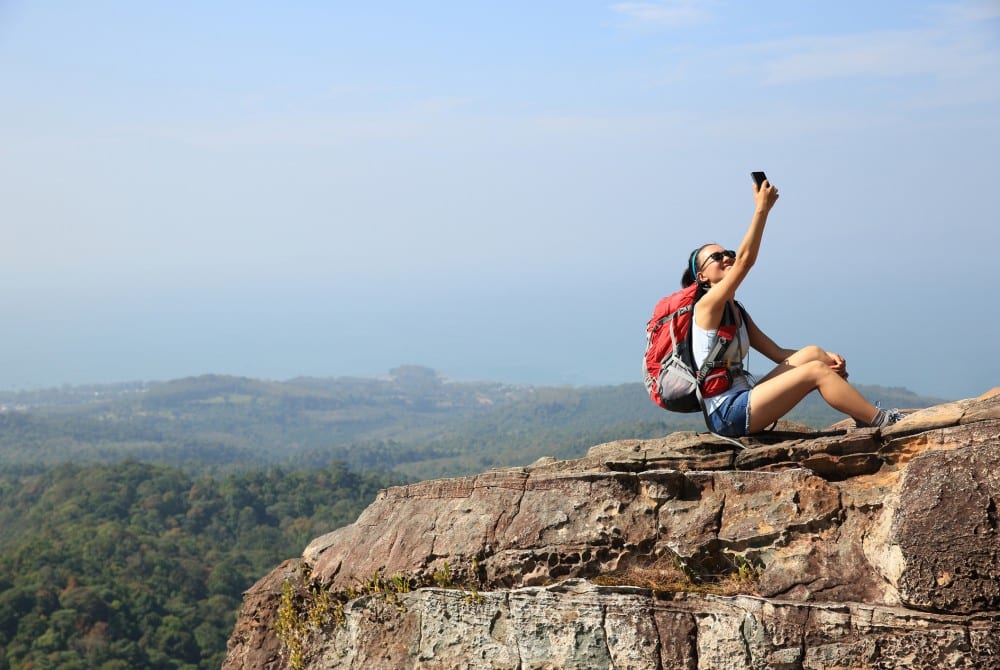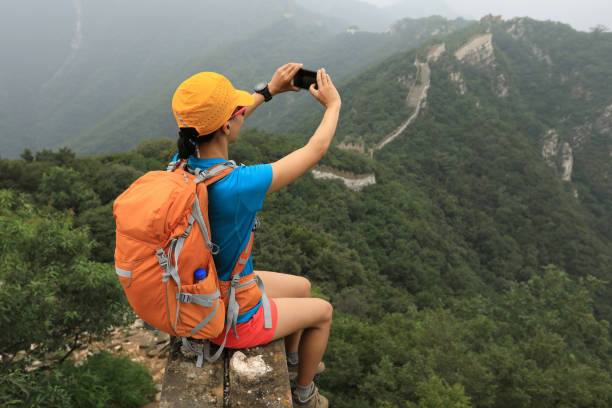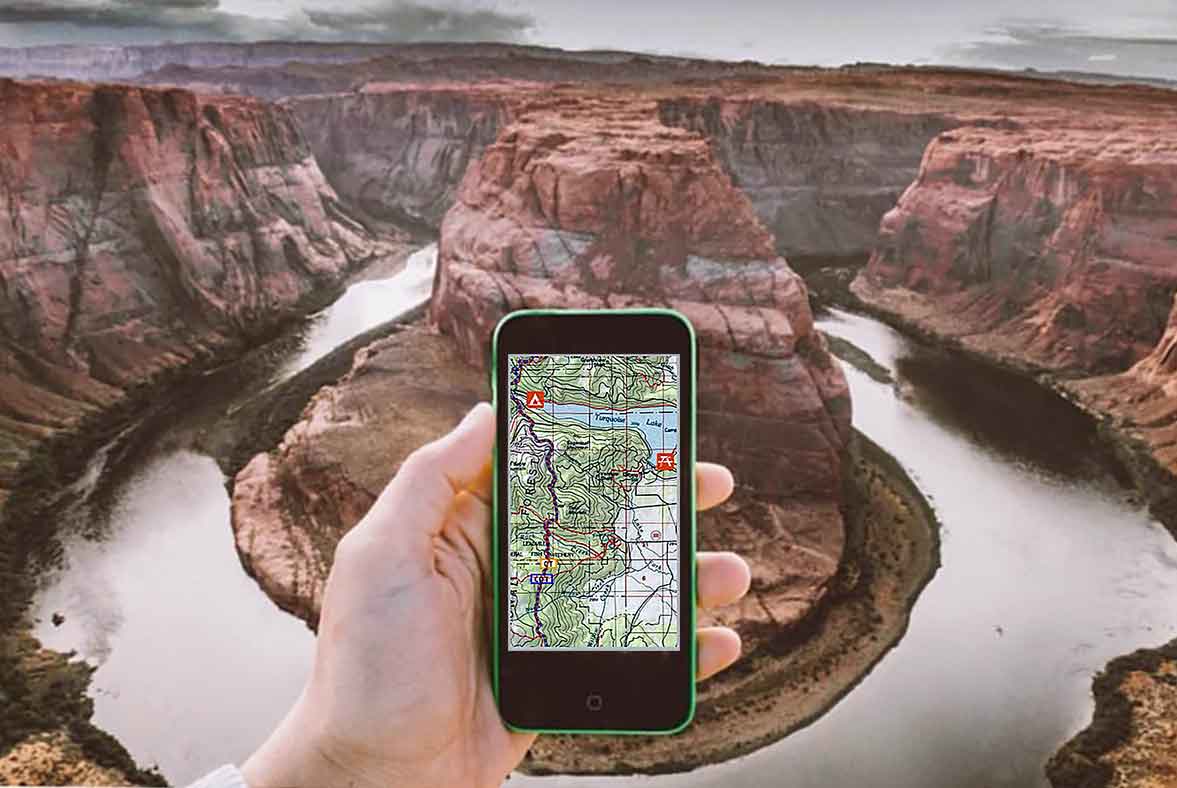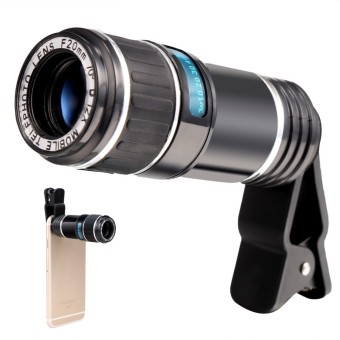Regardless of how well the economy might be thriving, Supreme Court nominations might be approved or other priorities might be achieved, so far, after two years in office, President Donald Trump has earned an "F" on the National Parks.
Trump's failures began with the nomination of Ryan Zinke to become his Secretary of the Interior. Zinke on the surface appeared to be a good man. He grew up on the edge of Glacier National Park, was an Eagle Scout, played football at Oregon, earned a degree in Geology, was a Navy Seal, and served as a Representative from Montana. And upon taking over the Interior position, he seemed to be a good choice. He endorsed Global Warming initiatives and opposed transfer of federal lands to the states. But he then announced he would be reviewing 27 national locations to see if they could be reduced in size. To the horror of environmentalists and outdoors enthusiasts, he recommended Bears Ears, Escalante, Gold Butte and Siskiyou-Cascades be reduced by 85%, 46%, 40% and 38%. Trump signed those changes. Investigation by the New York Times found that Zinke and Trump had been pressured by coal, oil and natural gas interests to take these actions.
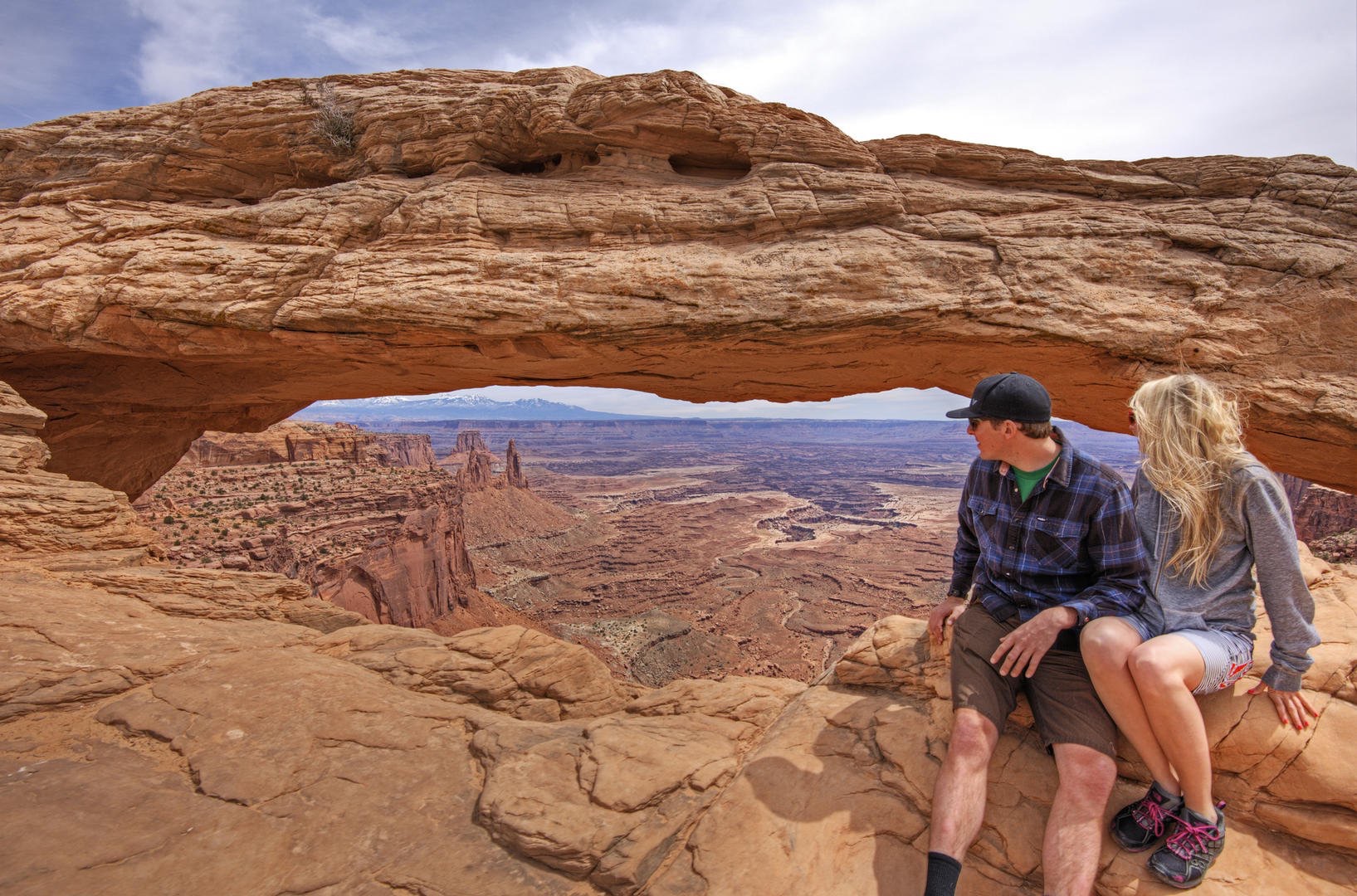
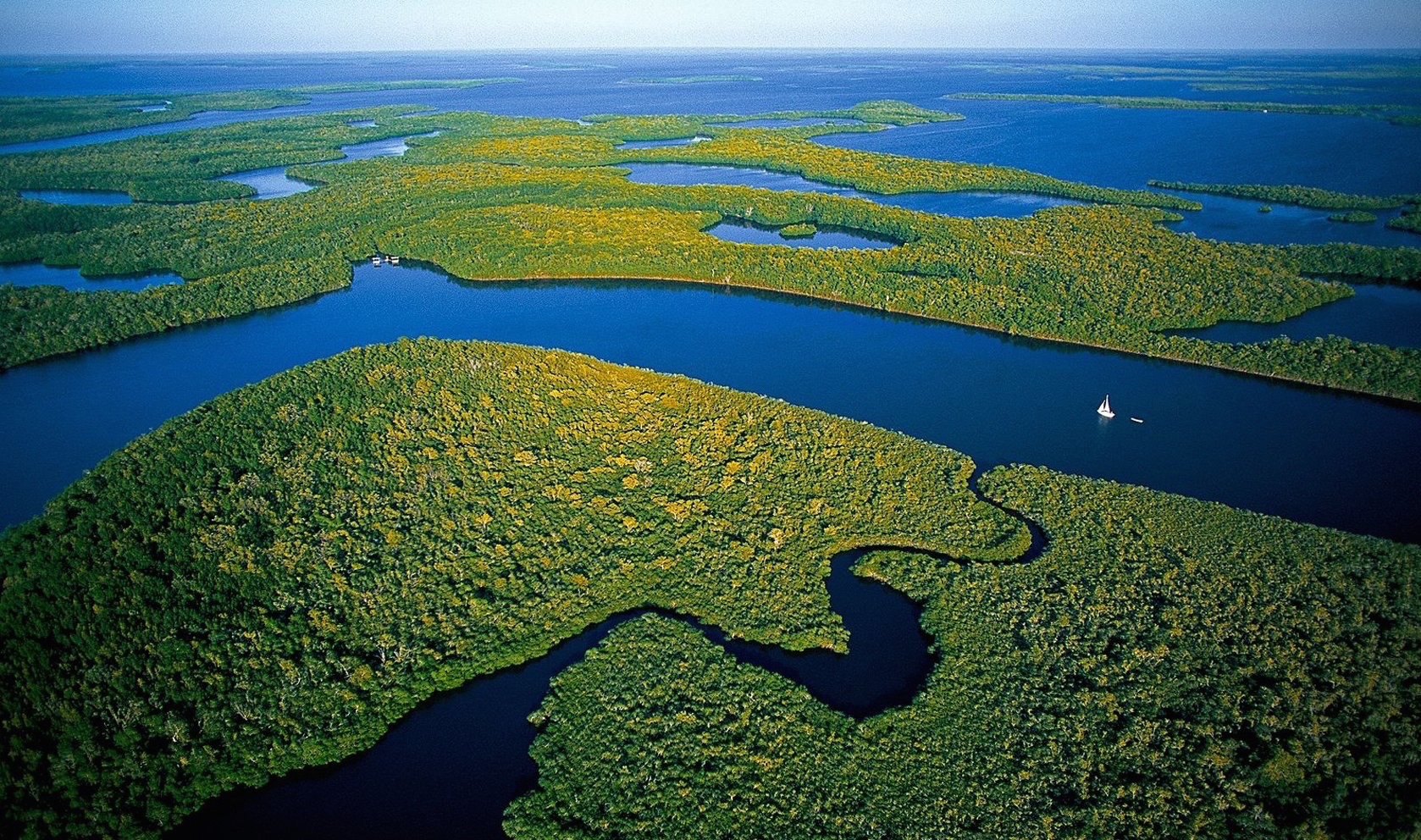
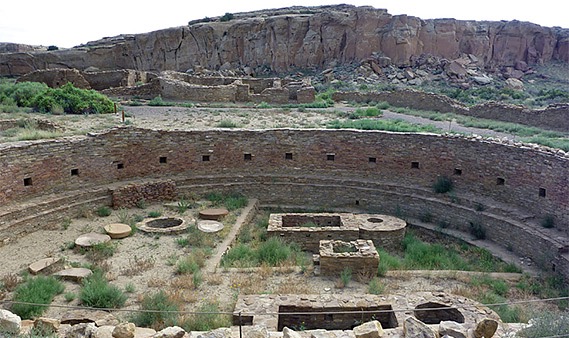
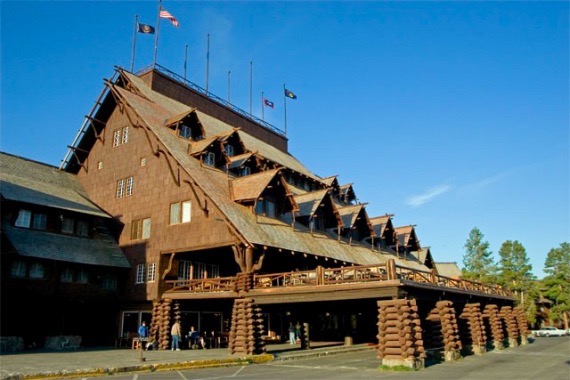
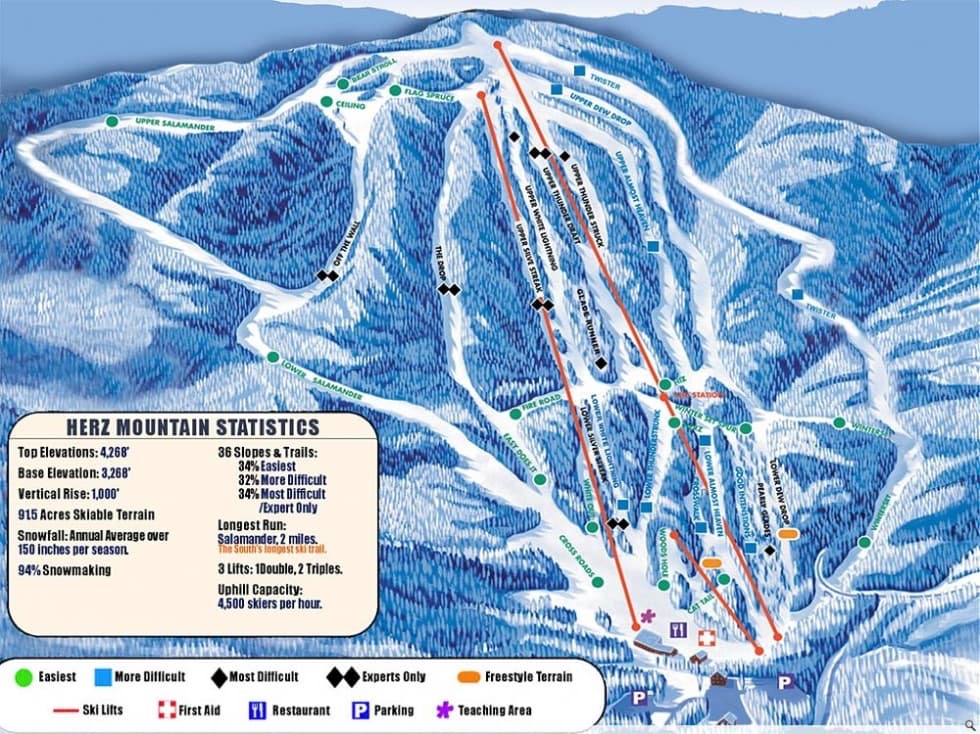
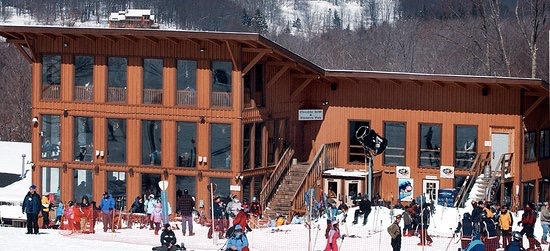
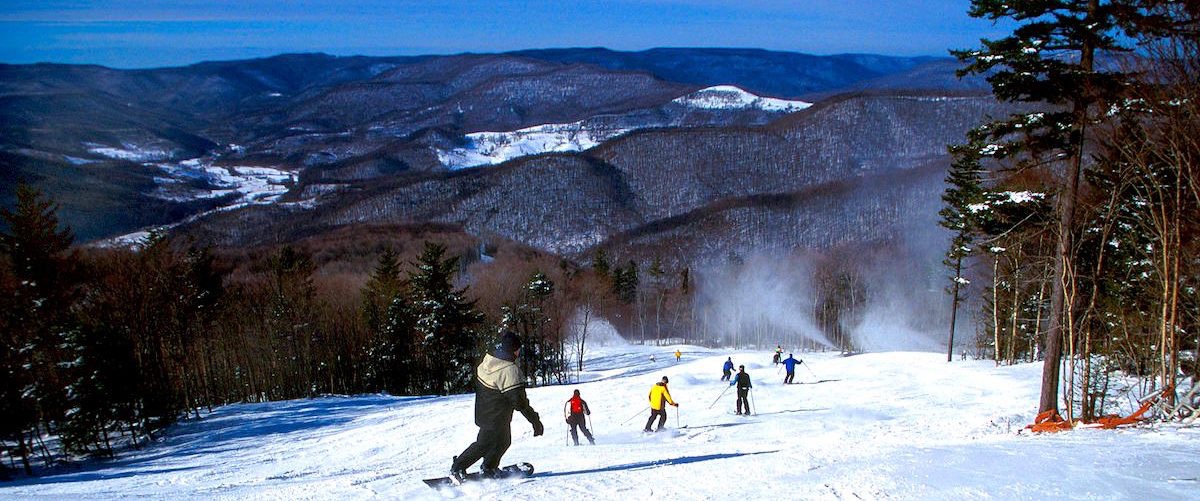
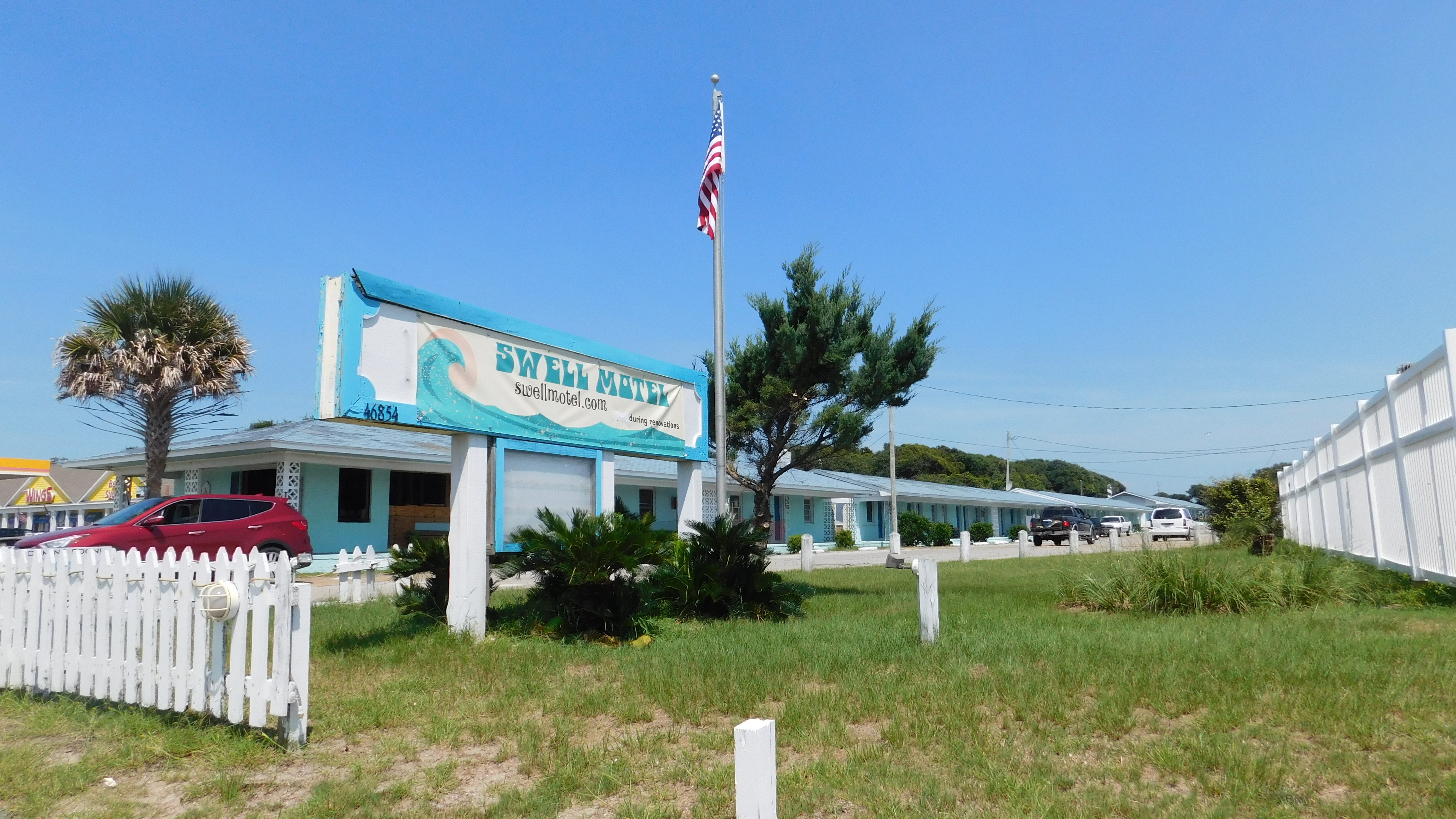

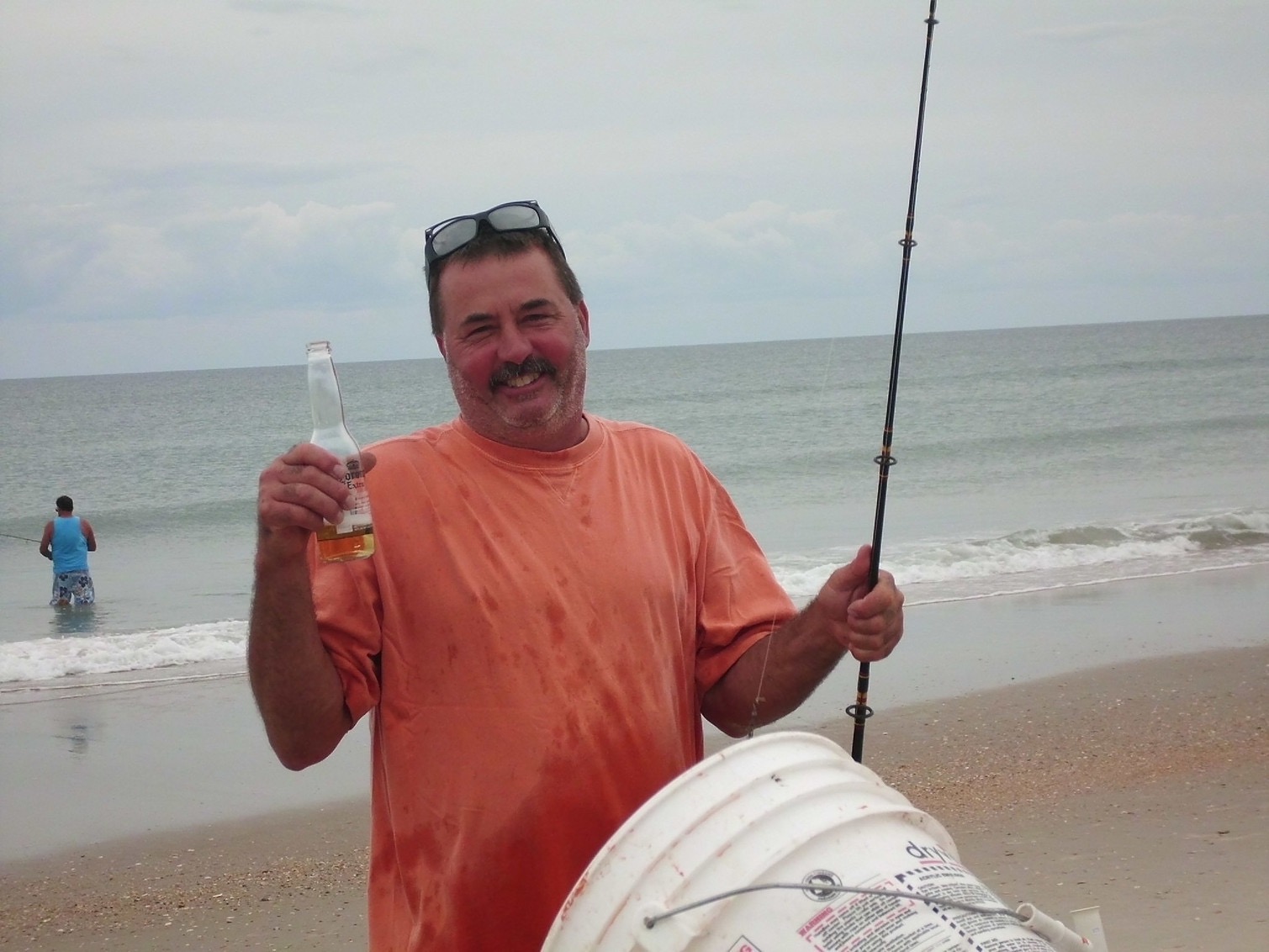
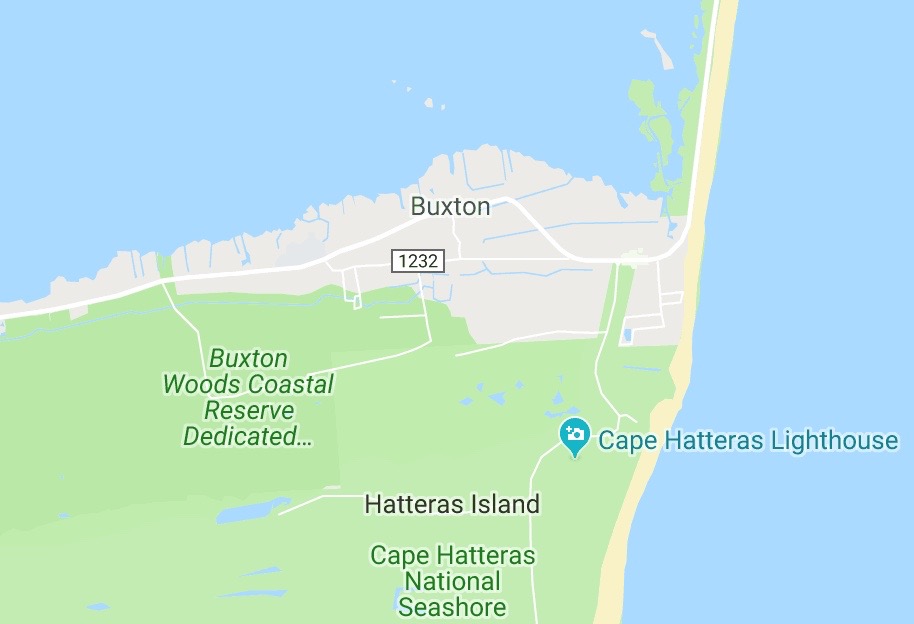
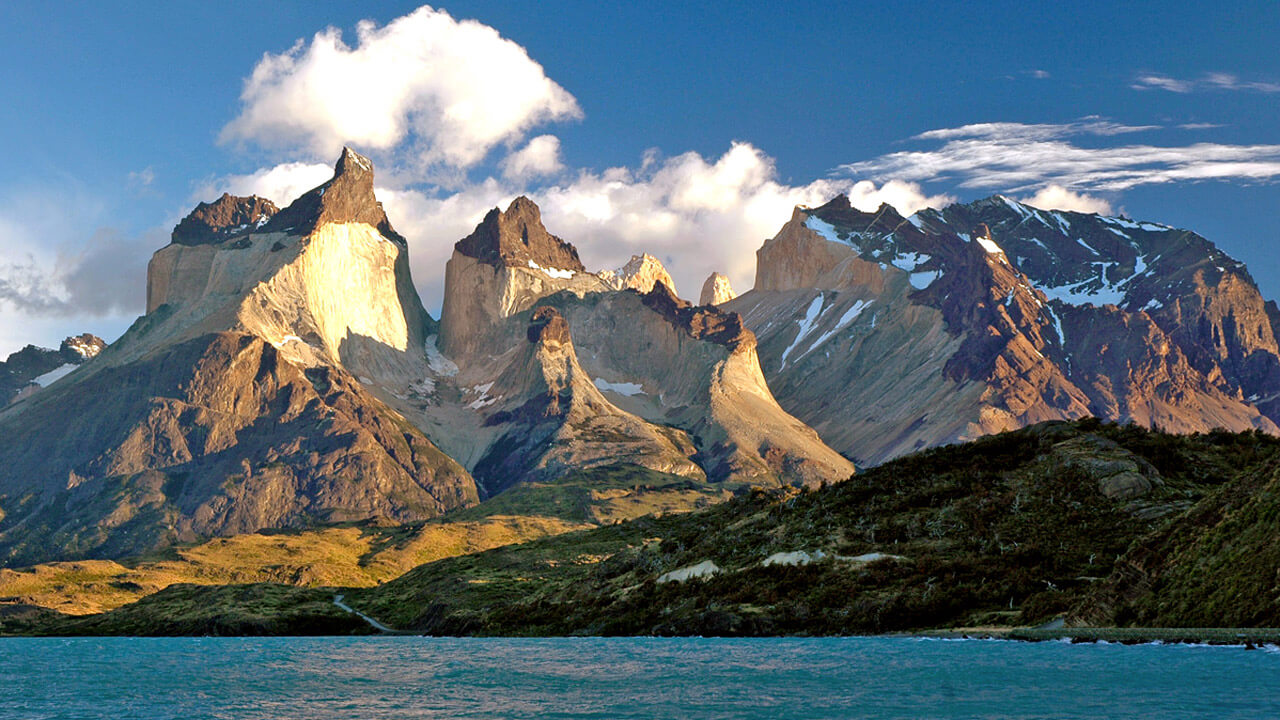
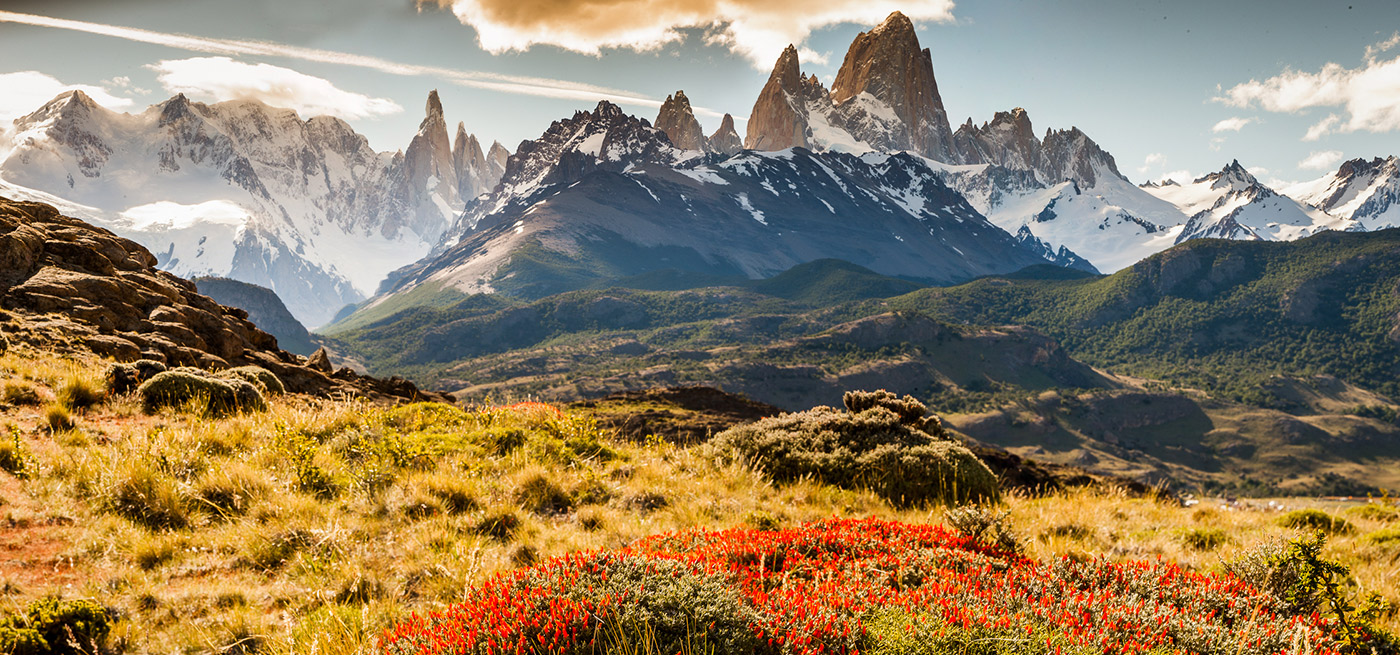
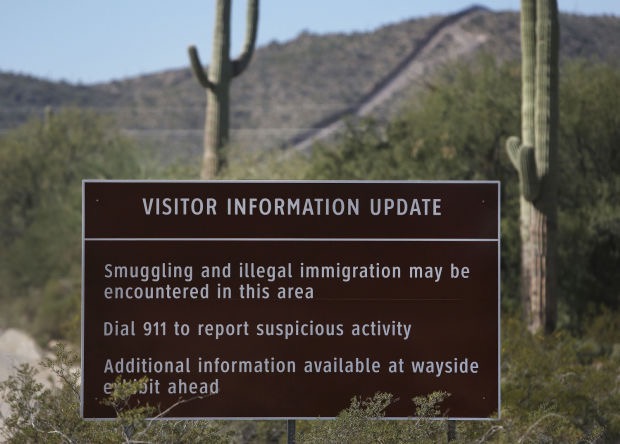
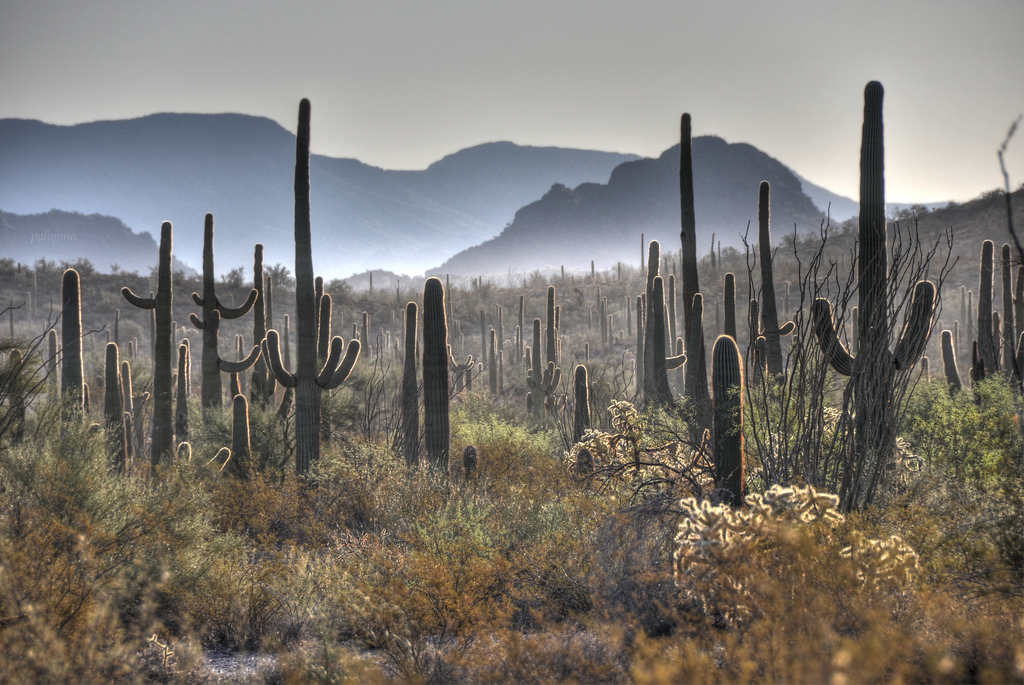
.jpg)
